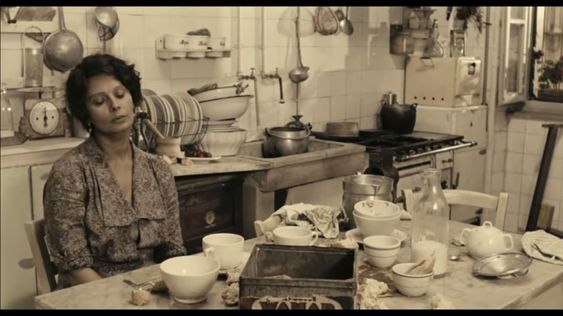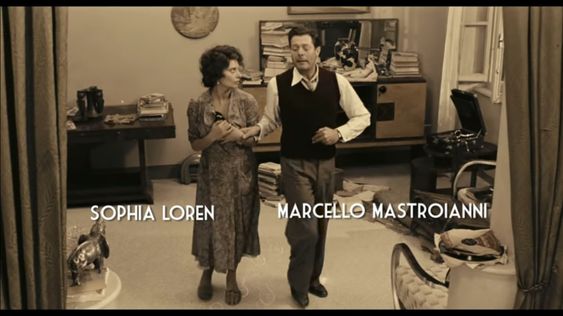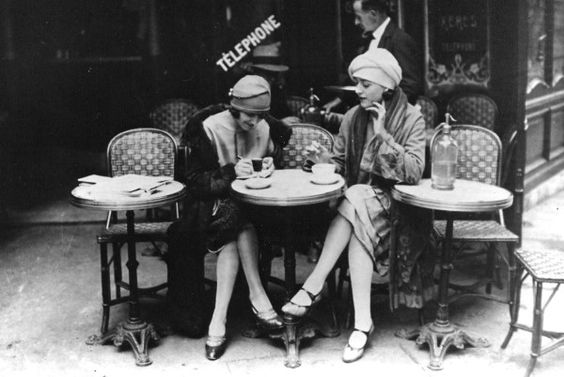He Hit Me

He hit me and it felt like a kiss He hit me and I knew he loved me If he didn't care for me I could have never made him mad But he hit me and I was glad
A verse from a sickening love song? Confusing love with violence? Misogynist? Antifeminist? This song, “He Hit Me (And It Felt Like a Kiss)” was written by Carole King and (then husband) Gerry Goffin, and released in 1962. It was sung by the chart topper female singers of the era, the Crystals, and produced by Phil Spector—considered by some as one of the geniuses of the music industry. Was the song’s theme a reflection of its times, when there was less understanding about domestic violence? Not really. In fact, after the song was released and had gotten airplay, protests soon emerged causing the song to lose radio promotion. King herself later even declared her regret over her involvement in the song.
The idea of the song came from a conversation with the couple's babysitter, Little Eva, who became a singer and had a big, albeit brief, success with the song “The Loco-Motion” (which King and Goffin wrote for her the same year). King and Goffin realized that Little Eva (her real name, Eva Boyd) was being beaten by her boyfriend regularly. However, Eva believed that his violent actions toward her were an expression, and even proof, of his love for her, using the controversial phrase as she explained to King and Goffin; hence, the title and lyrics of the song.
As controversial as the phrase in the song is, other artists have covered the song. Notably, Hole has covered the song and performed it on MTV Unplugged in 1995, where lead singer, Courtney Love introduced the song as “a really sick song” (but Hole chose to cover it, I assume they have a deeper perspective about the song). At the end of the song, she sarcastically commented, “Nice feminist anthem.”
Still, I beg the question, is “He Hit Me” really a sick song?
Lana Del Rey used the line “He hit me and it felt like a kiss” in her 2014 song “Ultraviolence” (as a reference to the song, as she typically references lines from other songs). This has brought some vicious criticism, accusing her of glamorizing domestic violence and setting women back hundreds of years. In response, Del Rey stated, “I’ve been honest about the challenging relationships I’ve had. That’s just how it is for many women.” She also argued, “There has to be a place in feminism for women who look and act like me … the kind of women who get their own stories and voices taken away from them by stronger women or by men who hate women.”
However, Del Rey had said in an interview that she now omits the line during performances of ‘Ultraviolence’ for the reason that it could be triggering for survivors of abuse in the audience.
Still, I beg the question, is “He Hit Me” really a sick song? Was King and Goffin so distasteful in writing such a song? Is it Antifeminist? Was Del Rey using the controversial phrase to create a distorted image of violence against women?
Well, if we think about it, King and Goffin, just as Del Rey, were telling a story through their song by reflecting on a situation or experience, and revealed a snapshot of reality through their lyrics. Certainly, that’s what artists and writers do through their work. It does not always mean it is an endorsement, on the contrary, it can be a critique of society, as we know many artists and writers do this.
There should be a space for survivors to voice themselves, not a platform for others to dictate the narrative.
In reality, many women and survivors of gender-based violence have confusing emotions about what they are experiencing or have experienced because of the society that we are raised in, where women are treated like property; where ownership of the female in heterosexual relationships is romanticized as love.
I think the last verse of the song illustrates my point.
Yes, he hit me and it felt like a kiss He hit me and I knew I loved him And then he took me in his arms With all the tenderness there is And when he kissed me, he made me his
There should be a space for survivors to voice themselves, not a platform for others to dictate the narrative. We praise Gisèle Pelicot for owning the narrative and deconstructing the shame of rape. Nevertheless, empowerment is a complicated process. We cannot turn a blind eye on or shame and blame survivors for how they feel.
(Looks like this is my last post for 2024 on this blog, Happy New Year!)
-Some Thoughts from the Cappuccino Girl- (2024)
You might be interested to read: FEMICIDE: Crimes of Passion, Honor, and War
Image: Lana Del Rey by Nicole Nodland (theguardian.com, 2012)
(updated 2 January 2025)
Sources:
Taysom, Joe (2022) 'The controversial lyric Lana Del Rey now refuses to sing.' Far Out Magazine. https://faroutmagazine.co.uk/controversial-lyric-lana-del-rey-refuses-to-sing/ [Accessed 2 June 2024].
Wikipedia (2024) He Hit Me (And It Felt Like a Kiss) https://en.wikipedia.org/w/index.php?title=He_Hit_Me_(And_It_Felt_Like_a_Kiss) [Accessed 31 December 2024].
Wikipedia (2024) Little Eva. https://en.wikipedia.org/wiki/Little_Eva [Accessed 31 December 2024].
POPULAR TOPICS
#subculture
Gurlesque: Poetics of the Bizarre, Ugly, and Feminine
#films
Mrs. Robinson, Countercultures, and Politics
#history
The Dutch Golden Age, Golden for Whom?
I also write articles here: https://feministpassion.blogspot.com/














